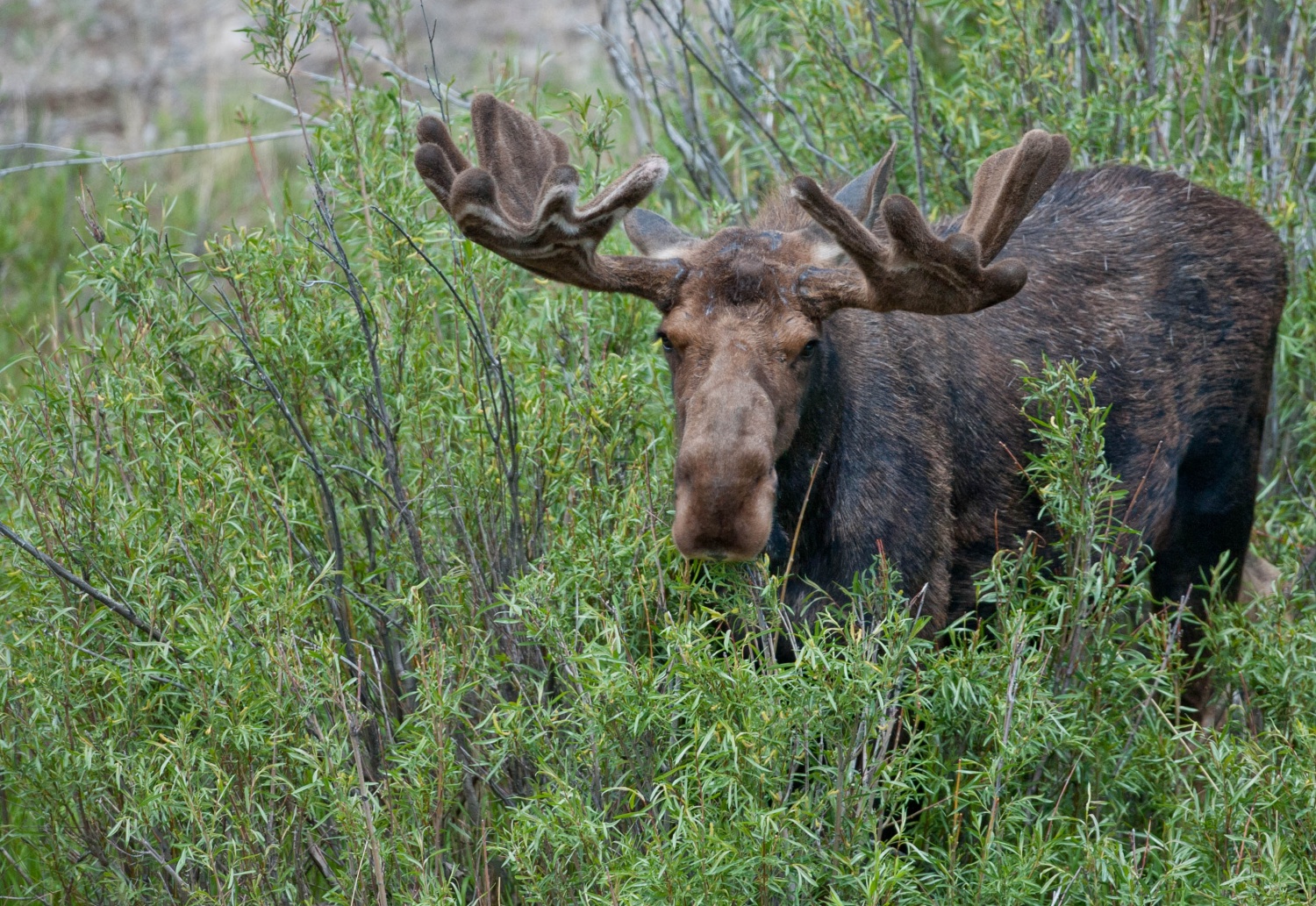Most wildlife photographers start using smaller lenses and work their way up to large super-telephoto lenses as time passes. In the beginning, I had a 300mm f4 and like most, lusted after larger lenses but wasn’t sure that wildlife photography was something I would stick with long enough to justify the expense of a larger lens. Once I saved enough and pulled the trigger on a 600mm lens I couldn’t wait to travel and test it out. My first trip with this monster was to Jackson Wyoming and Grand Tetons National Park. I knew it would be the perfect lens for the trip but getting it there on the plane was concerning and would take some thought.
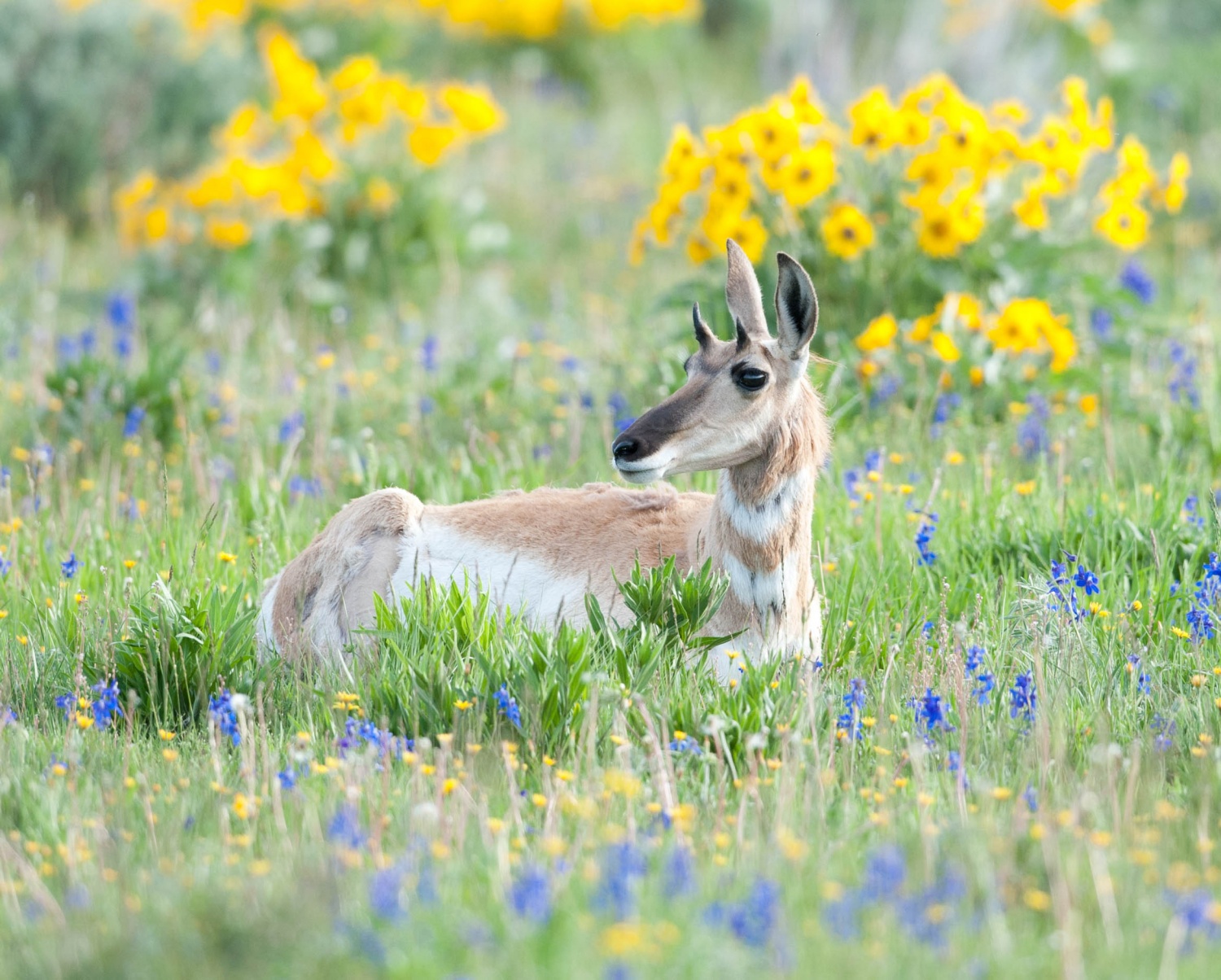
Anybody who has purchased a large super-telephoto lens can tell you they aren’t cheap. Anybody who has flown on a plane can also tell you that baggage handlers and airport personnel really don’t care what happens to your bag or what’s inside it. Put two and two together and things can often get lost or stolen or at the very least be severely damaged. When any of these things happen what you end up with is a very expensive and useless wildlife photography trip. Therefore, thoughtful wildlife photographers rarely check their precious cargo and try to keep as much of their gear with them in the cabin as is possible. The number of packs that exist to help us complete this task is almost overwhelming. I, like most others, have multiple packs to achieve this goal including a Lowe pro 300 nature trekker and Lowe pro 600 aw trekker, a Tamrac 5793 evolution super-telephoto lens pack, and an f-stop Tilopa.
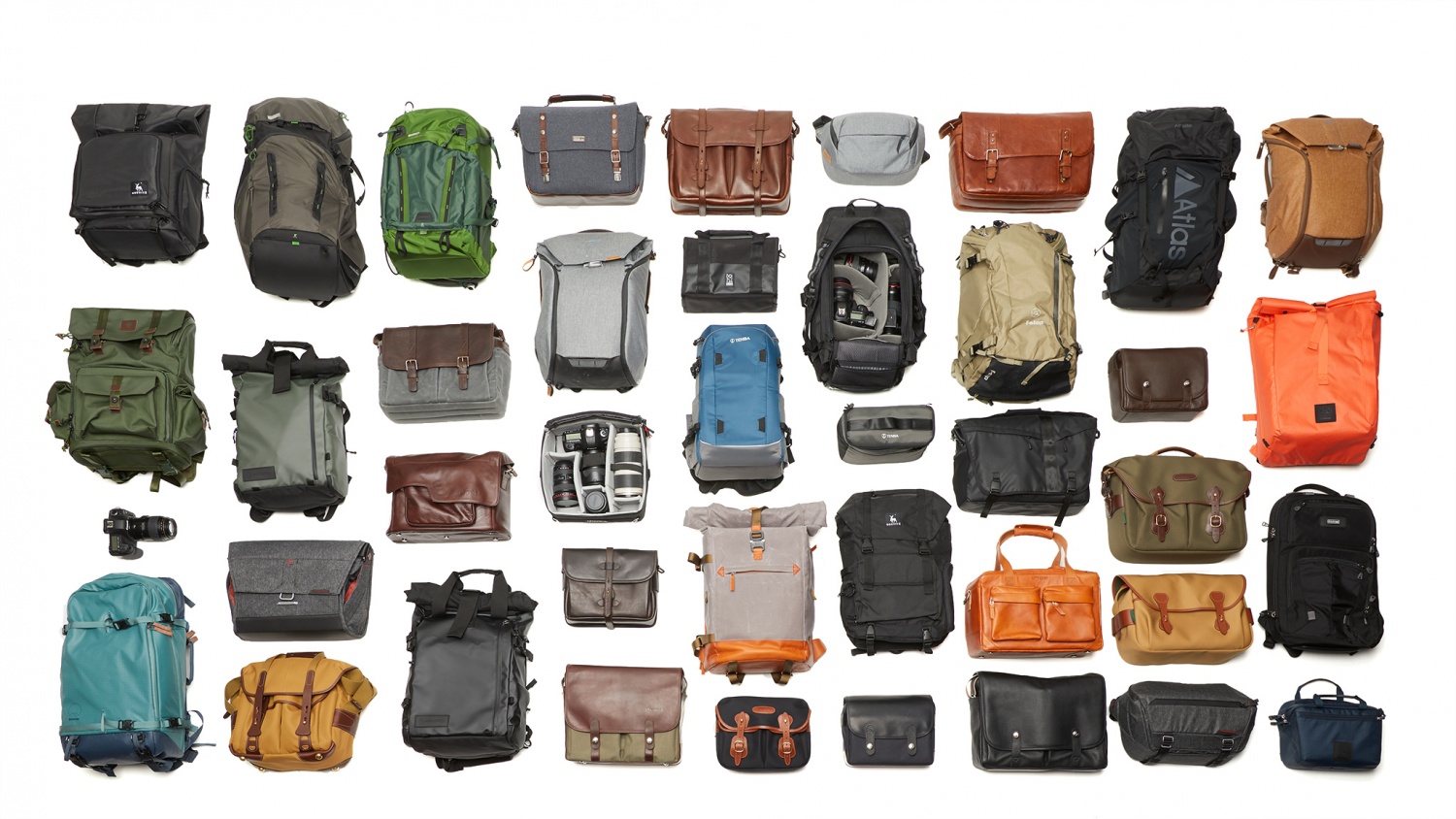
The choice of what pack to take on a trip is not always easy. Many factors enter into the choice and it can be an agonizing one to make. How much and what type of gear do we plan to carry in addition to our super-telephoto lens? What body will we use with our
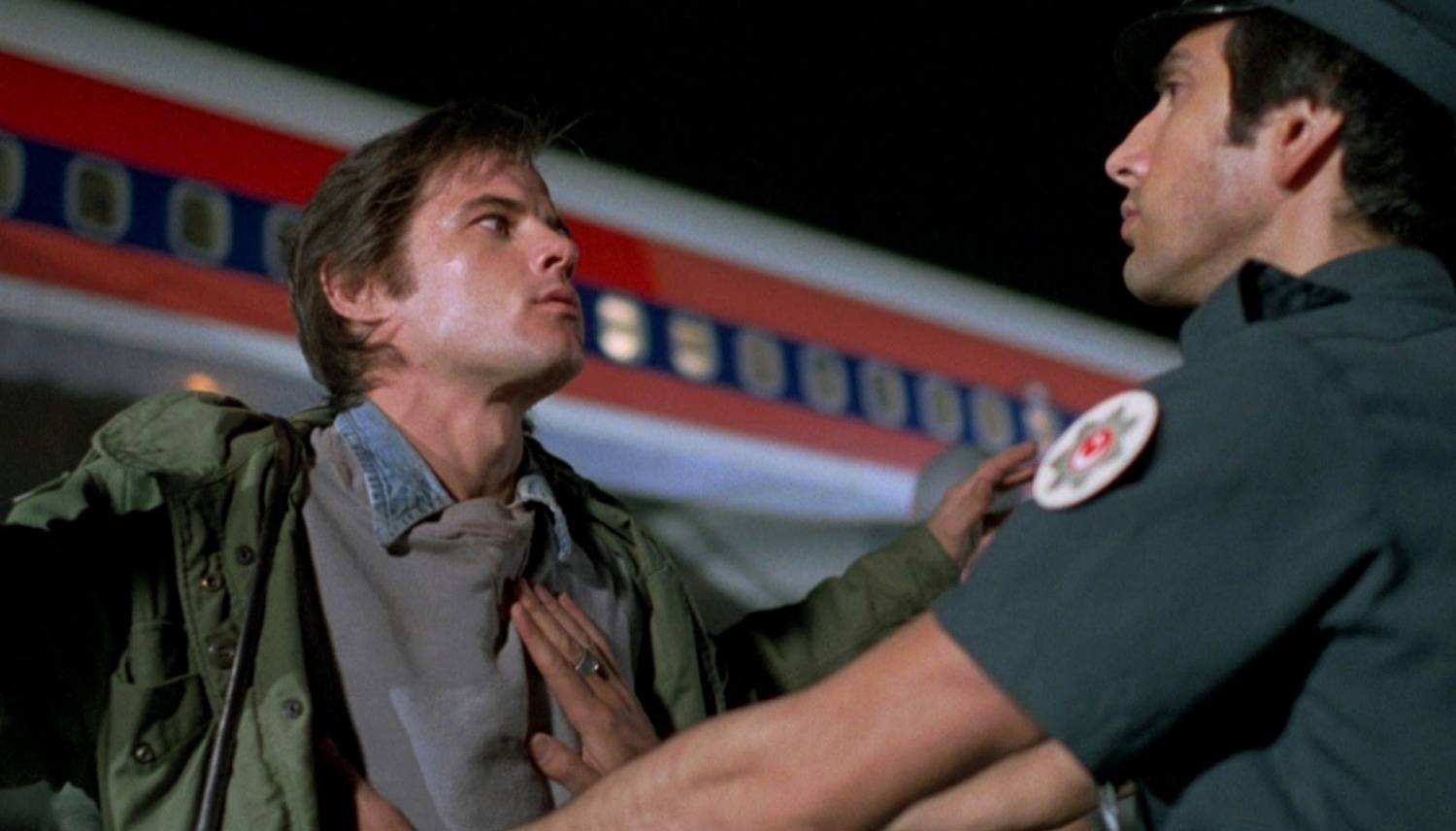
The anxiety he is feeling just before he gets caught is what most of us wildlife photographers feel waiting to board a plane with thousands of dollars worth of gear knowing that at any moment we could be forced to gate check our bag simply because the airline personnel doesn’t think it meets the carryon requirements. Into the hold it goes, subject to the brutality of the baggage handler we’ve all seen through the window. Our bag being thrown around in a fashion similar to that gorilla in the old Samsonite commercial or being left behind or worse yet, stolen.
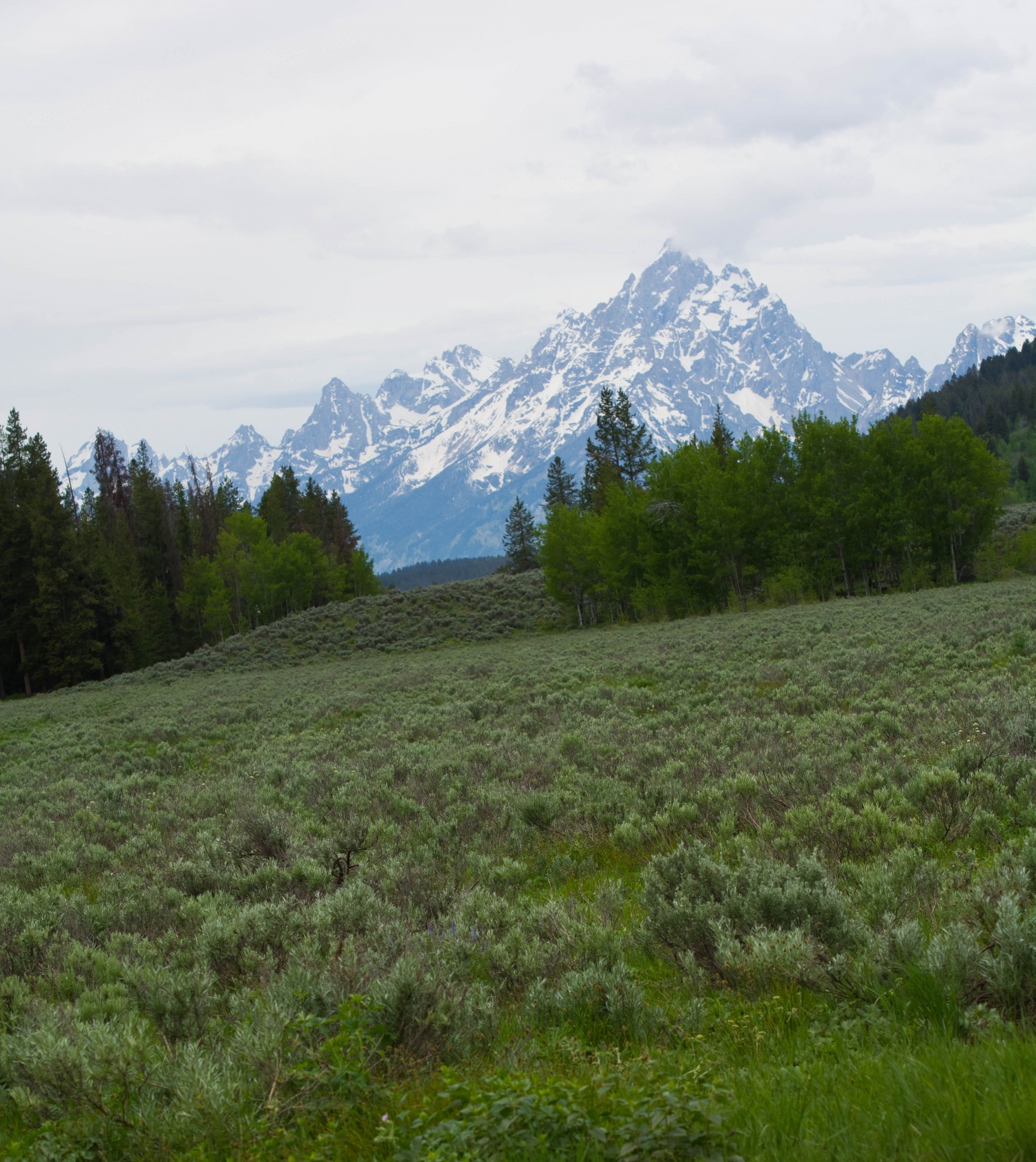
Pacific Creek Road, Grand Tetons
I live in West Texas and the quickest way of traveling from there to Wyoming requires flying to Denver and then on to Jackson using regional jets flown by United Express. United Express at the time utilized CRJ-700 by Bombardier. Other regional carriers utilize similar small jets or prop planes. These regional jets have smaller cabins and smaller overhead bins. This demands a bag that will carry all our gear but be small enough to fit in the overhead or under the seat. Of all the bags I have, the Tamrac 5793 evolution super-telephoto lens pack (currently the Tamrac Anvil Super 25 Backpack) accomplishes this task the best and with the least amount of worry that the gate person will ruin your adventure.
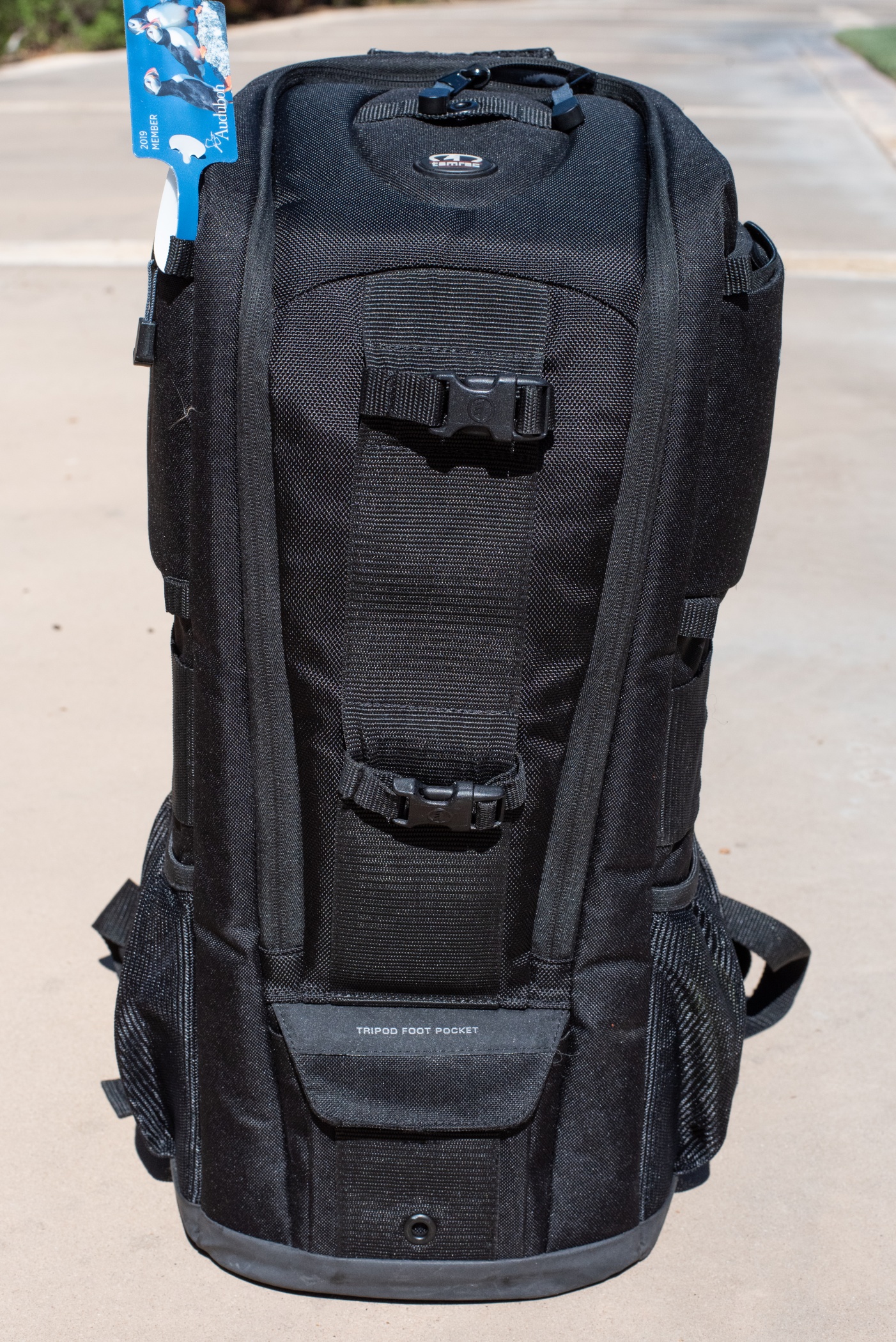
Tamrac 5793 evolution super telephoto lens pack
The pack is long and thin and designed to carry a 600mm lens with a body attached. If however, you remove the central padded inserts, the pack is capable of holding a surprising amount of stuff. In order to maximize space, I remove the lens hood which is large and bulky, and utilize a soft travel hood made by Lenscoat. In addition, I wrap each lens and body in protective neoprene covers also obtained from L
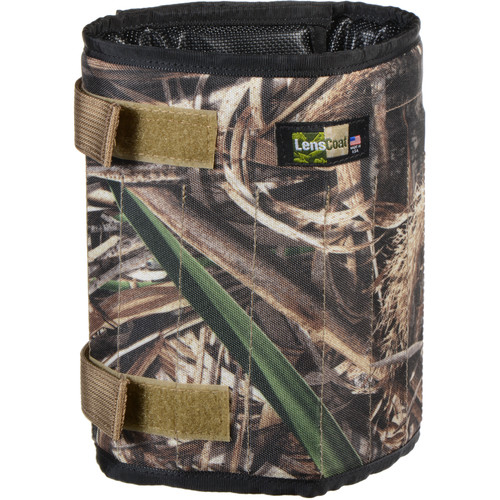
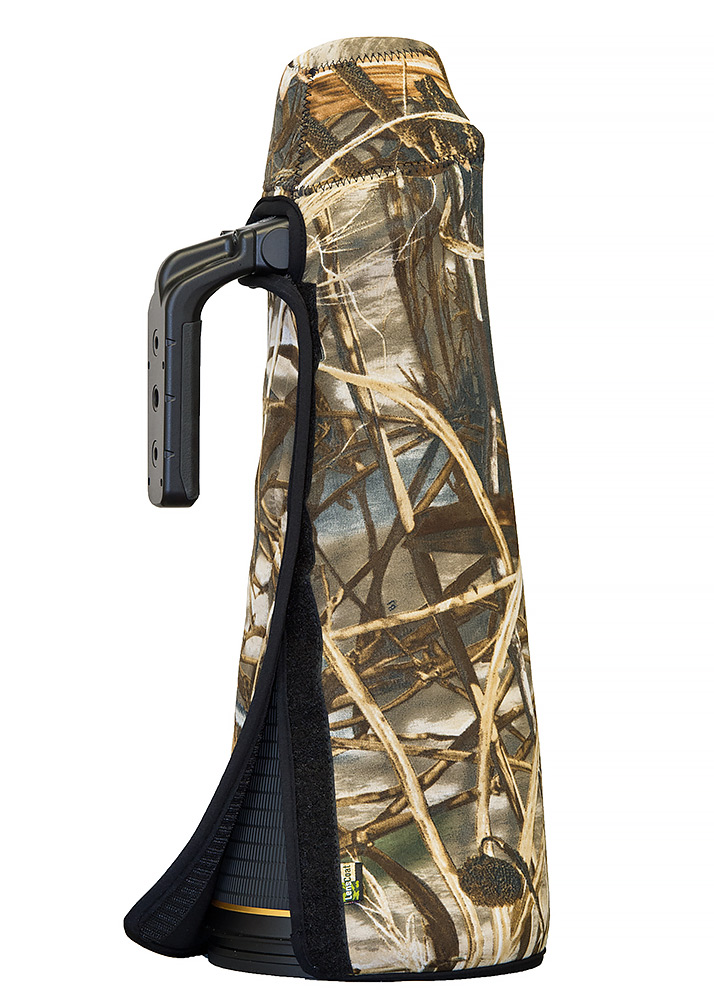
When it comes to packing my photography equipment, ensuring its safety and organization are important. I gather all the essential gear, including my camera bodies, lenses, batteries, and memory cards. To provide adequate protection, I use padded camera and lens wraps to keep each item secure and prevent any potential damage during transportation. I also make sure to remove batteries from the equipment to avoid any accidental power drainage. I pack the 600mm first, followed by the 14-24mm placed upside down. The 70-200mm fits on top of the 14. The teleconverter and 35mm go in next in the front corner. The two d500 bodies go on top followed by the battery memory card bag. It all fits well without changing the dimensions of the bag significantly. By packing everything thoughtfully and securely, I can rest at ease without worrying about the safety of my photography equipment. To help understand the versatility of this bag, I have included a series of photos showing step-by-step how I pack my gear in the Tamrac 5793 evolution super-telephoto lens pack (currently the Tamrac Anvil Super 25 Backpack). The final weight on my home scale was 29 pounds.
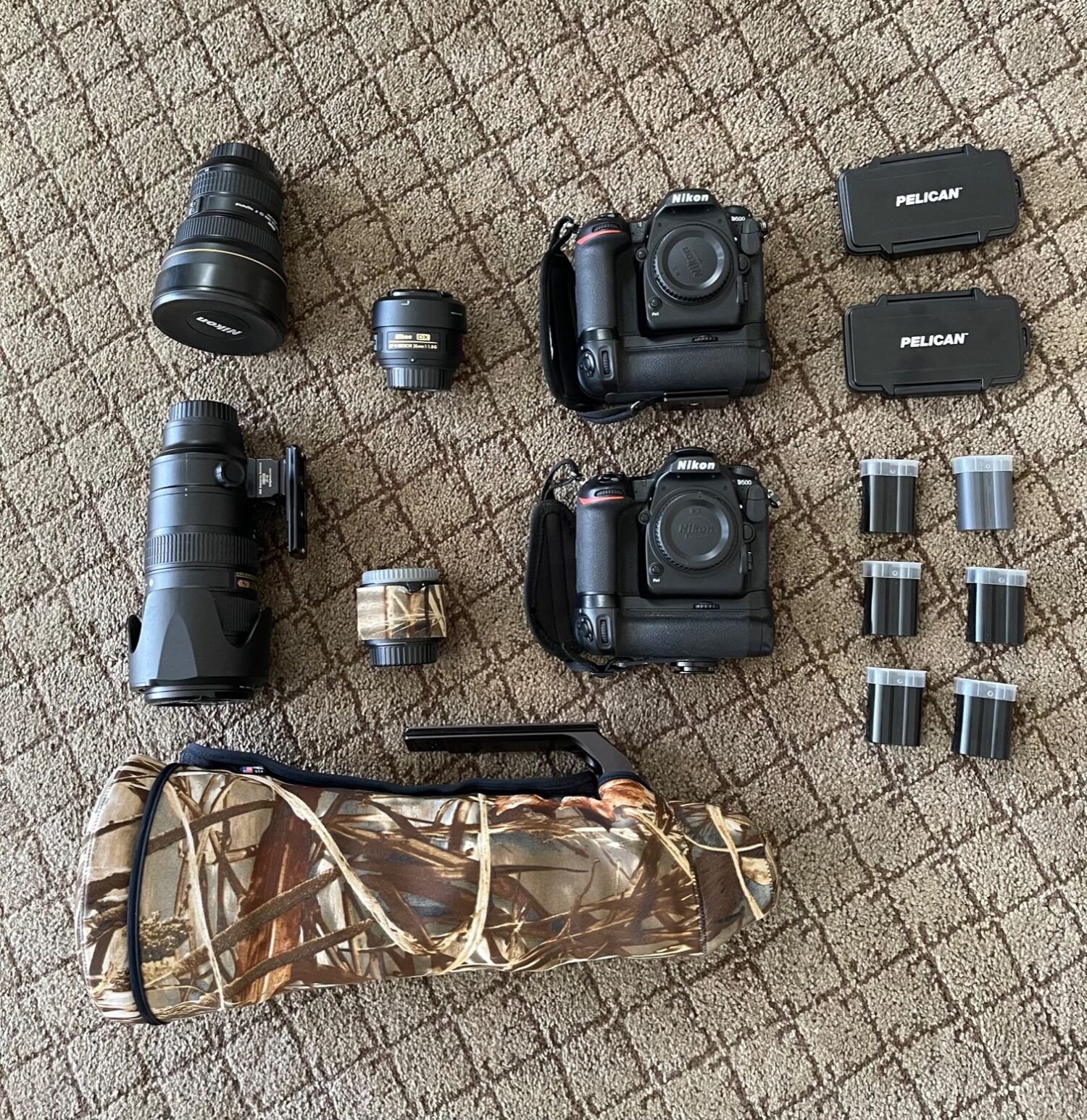
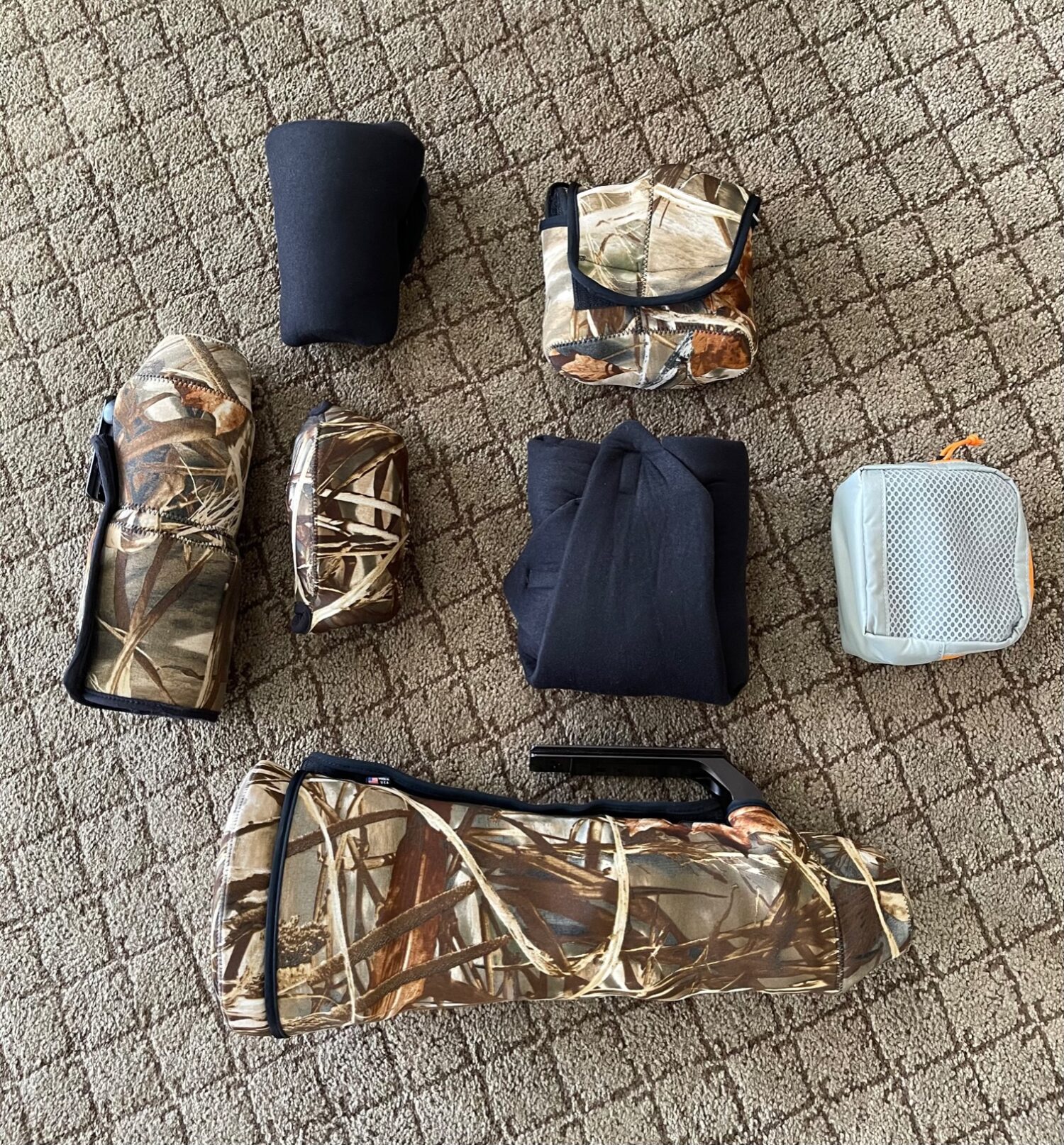

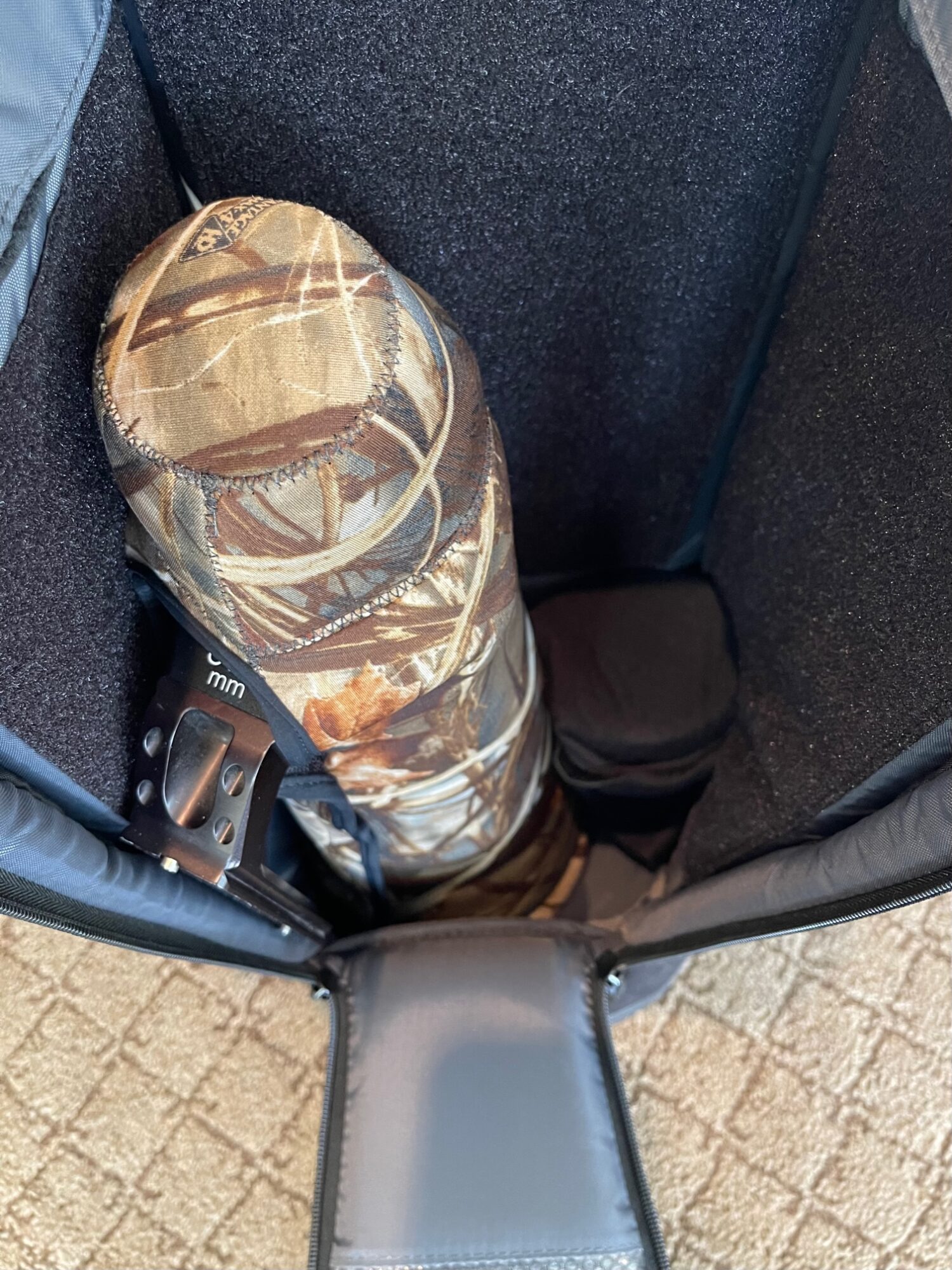
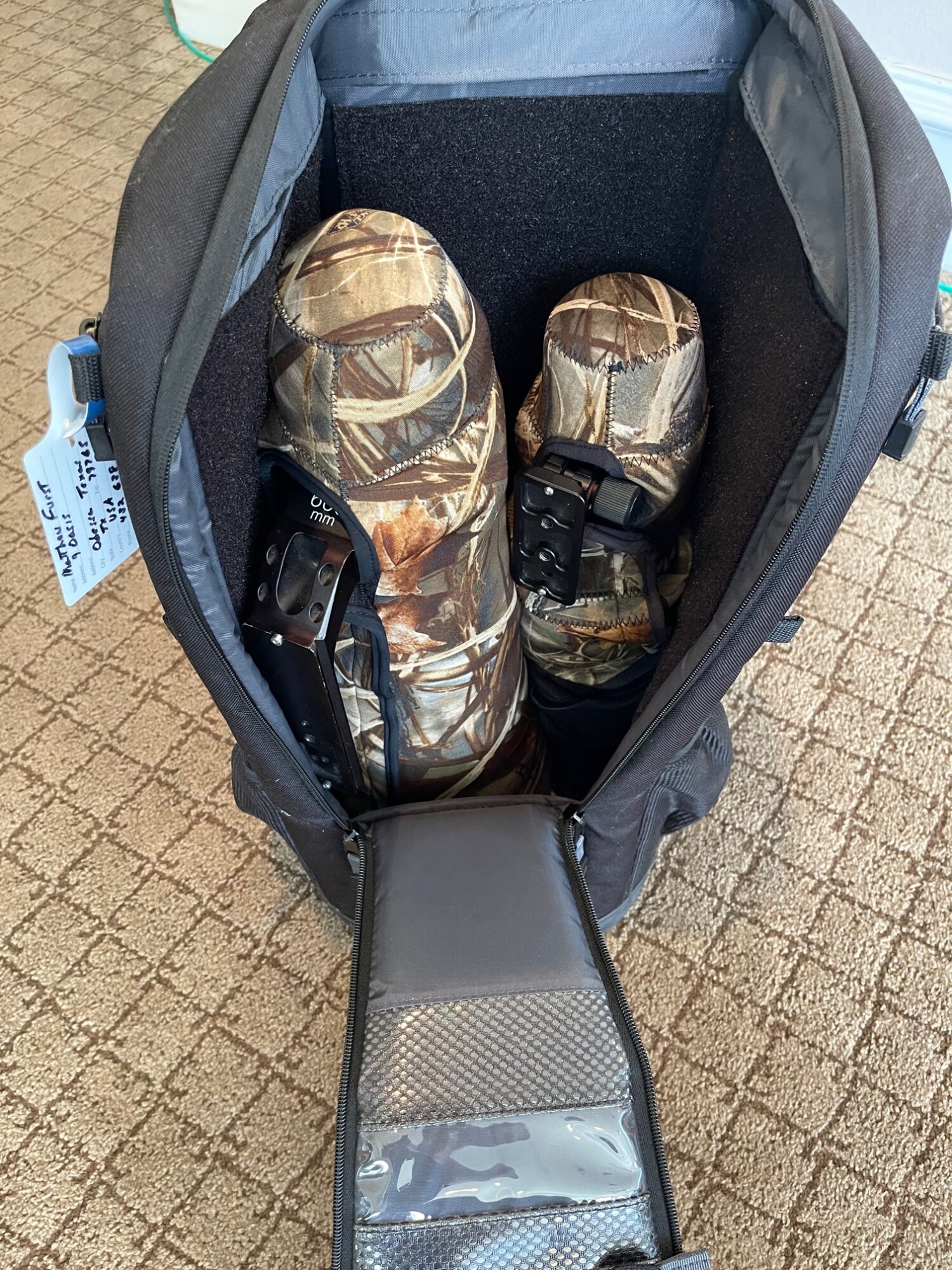
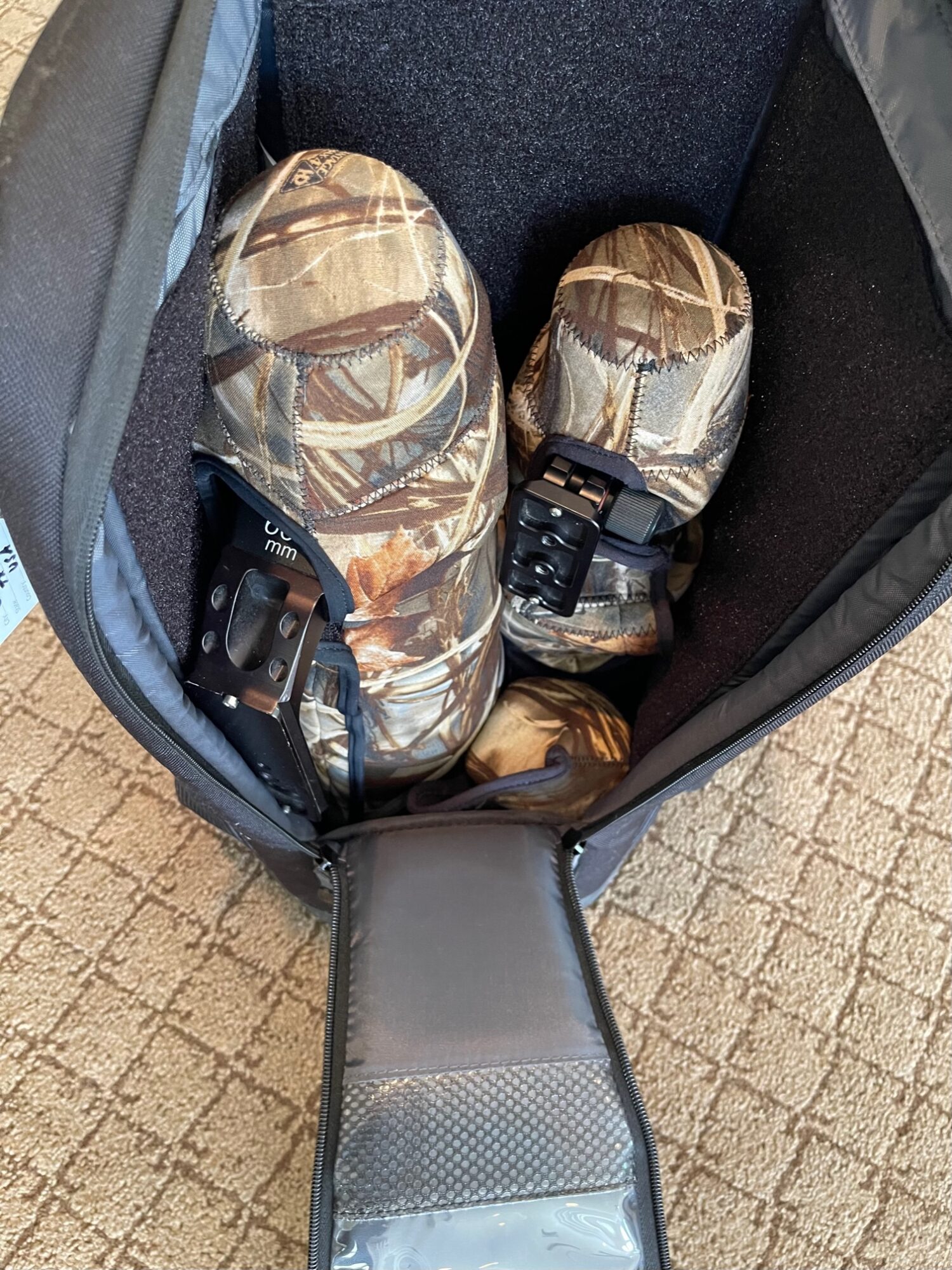
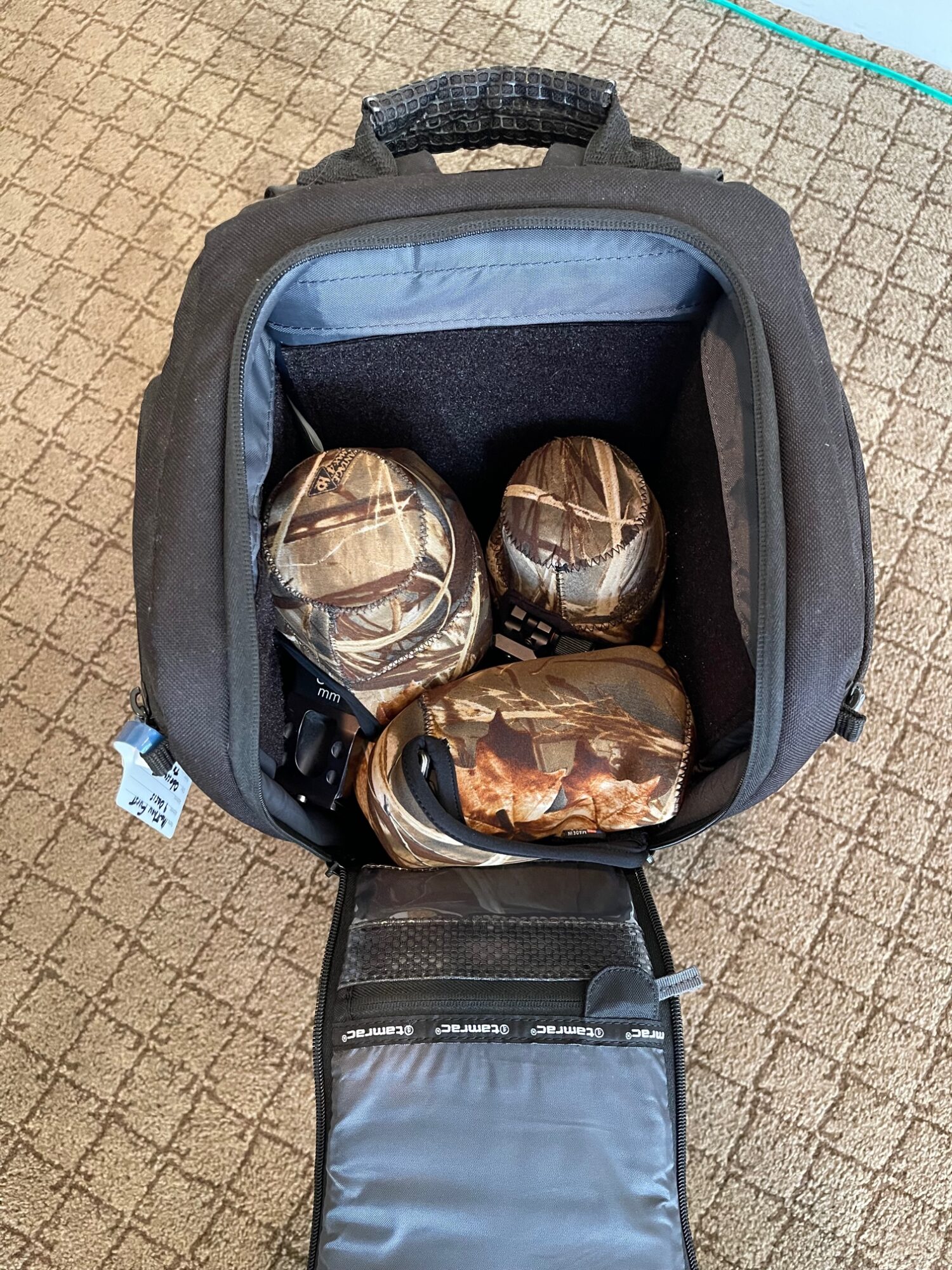

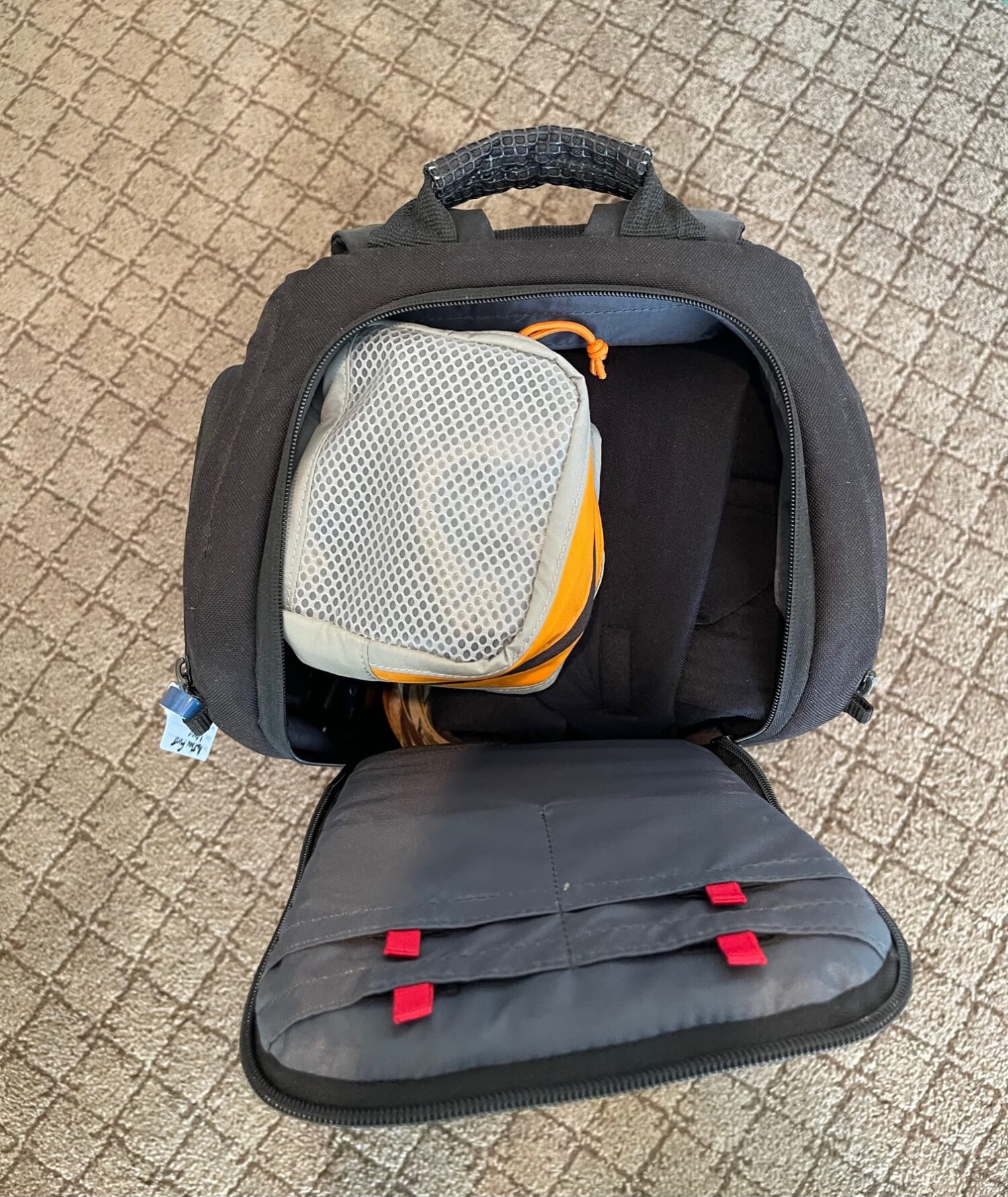

By utilizing this combination of padding with this Tamrac pack I have been able to carry My Nikon 600mm f4, 70-200mm f2.8, 35mm f1.8, 14-24mm f2.8, 2 Nikon D500 bodies, and a 2.0 teleconverter, as well as batteries and memory cards. The pack is heavy but remains thin enough to be placed in the overhead bin of small commuter jets as well as be placed under the seat. On larger planes like
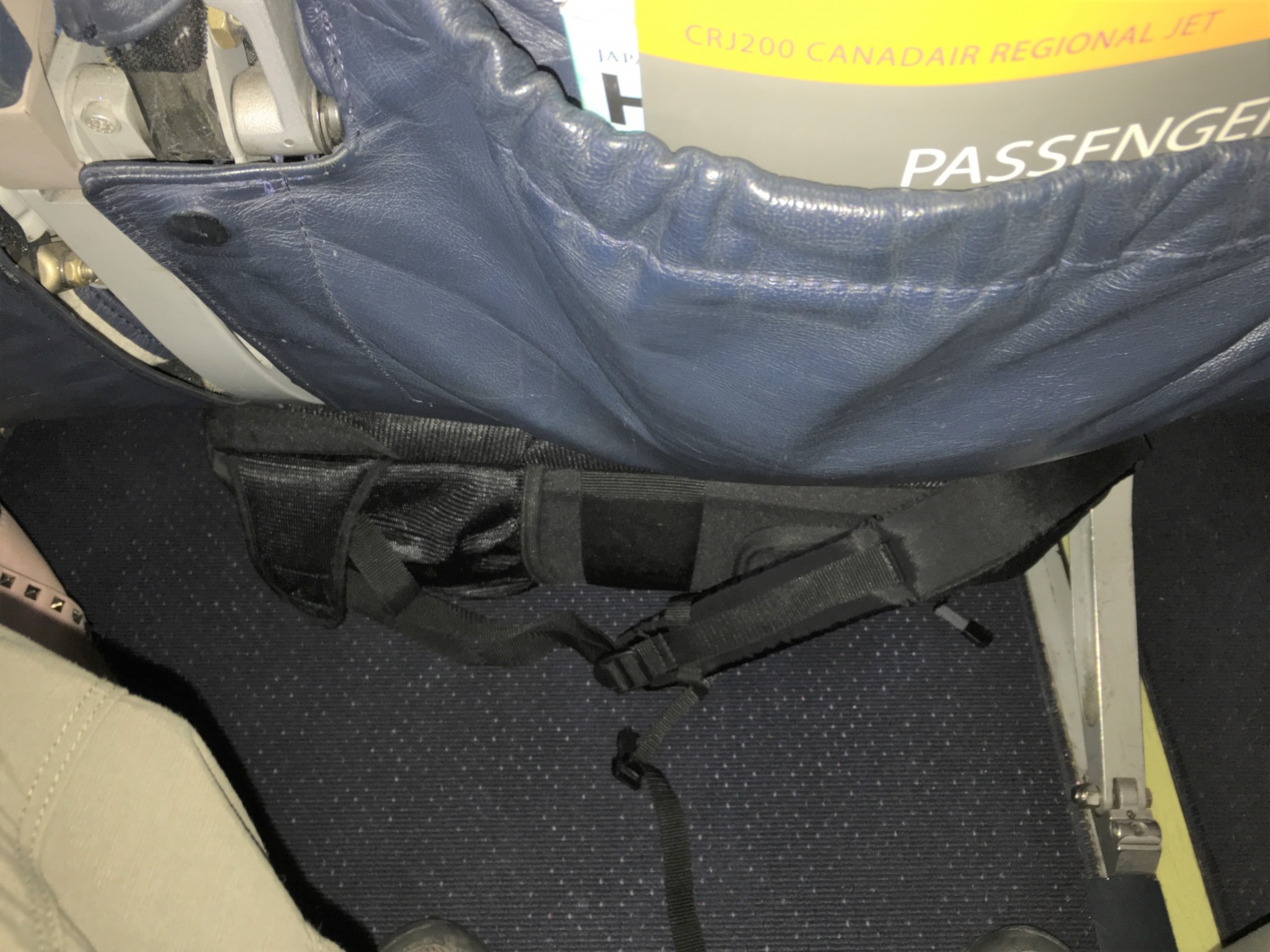
Traveling with large expensive photographic equipment can be nerve-racking and challenging, particularly on smaller regional carriers where space may be limited. The next time you take your super-telephoto lens and other gear on vacation, consider using a long lens pack like the Tamrac 5793 evolution super-telephoto lens pack in a little different way than it was intended. These packs will safely hold a surprising amount of gear when packed correctly. In the end, you may find getting there a lot easier and you’ll sweat a lot less in the boarding area.
